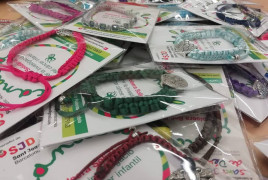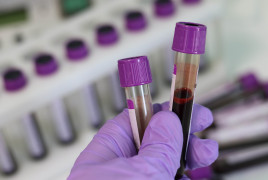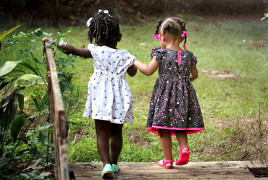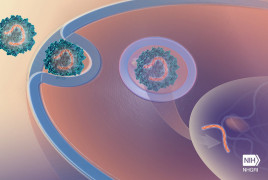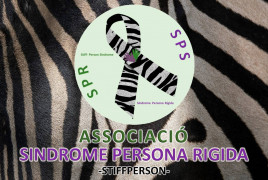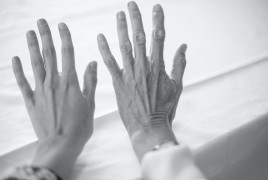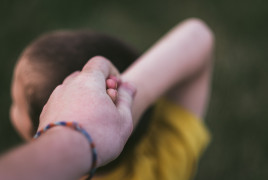A fragrance helps neutralise the smell caused by fish odour syndrome
As unusual as it may seem, the collaboration between a paediatric hospital and a multinational perfume company can bear very good results. Paediatrician Beatriz Mínguez was covering a sick leave for aPulseras Candela: boosting childhood cancer research since 2013
The Association Pulseras Candela was set in motion 7 years ago on the 8 th floor of Sant Joan de Déu Barcelona Children’s Hospital thanks to the unity, love and involvement of many families andNew point-of-care device to facilitate monitoring of hereditary and hepatic metabolic disorders
The Sensors and Biosensors Group (GSB) of the UAB Department of Chemistry, with the collaboration of researchers Rafael Artuch and Xavier Rosell of the Sant Joan de Déu Research Institute, haveWhat is gene therapy? Basic concepts and current state of research
Gene therapy fixes genetic mutations that cause a pathology or the malfunction of a biological process by introducing a “ correct ” copy of the affected gene into our cells . We can achieve this inCzech Republic presents a Call to Action on rare diseases at the Expert Conference
Several European politicians and technicians attended this conference where the Czech government committed to push on a European action plan on rare diseases, presenting a Call to Action also endorsedHow online education can help children with rare diseases
The number of European Union citizens living with rare diseases is estimated to be around 30 million, according to Eurordis Rare Diseases Europe. In fact, 1 in 17 people will be affected by a rarePere Cardona, Spanish Association of Stiff Person Syndrome: "Being able to talk and be close to someone who is going through the same thing can really save you"
Isabel worked at a supermarket in Calella (Barcelona). 10 years ago, when she was getting ready to go to work, she noticed how her right leg would not follow the orders she was sending from her brainFirst clinical guidelines for Schaaf-Yang syndrome addressed to professionals and families
A research group led by the Sant Joan de Déu Research Institute (IRSJD) has published the first clinical guidelines dedicated to Schaaf-Yang syndrome (SYS), an ultra-rare disease that develops due toA carer for family members with myotonic dystrophy talks about the challenges of diagnosis and living with this rare disease
Nicky is a carer for six family members across three generations who have a diagnosis of myotonic dystrophy. Like many families, they had been living with the wide range of symptoms associated with

